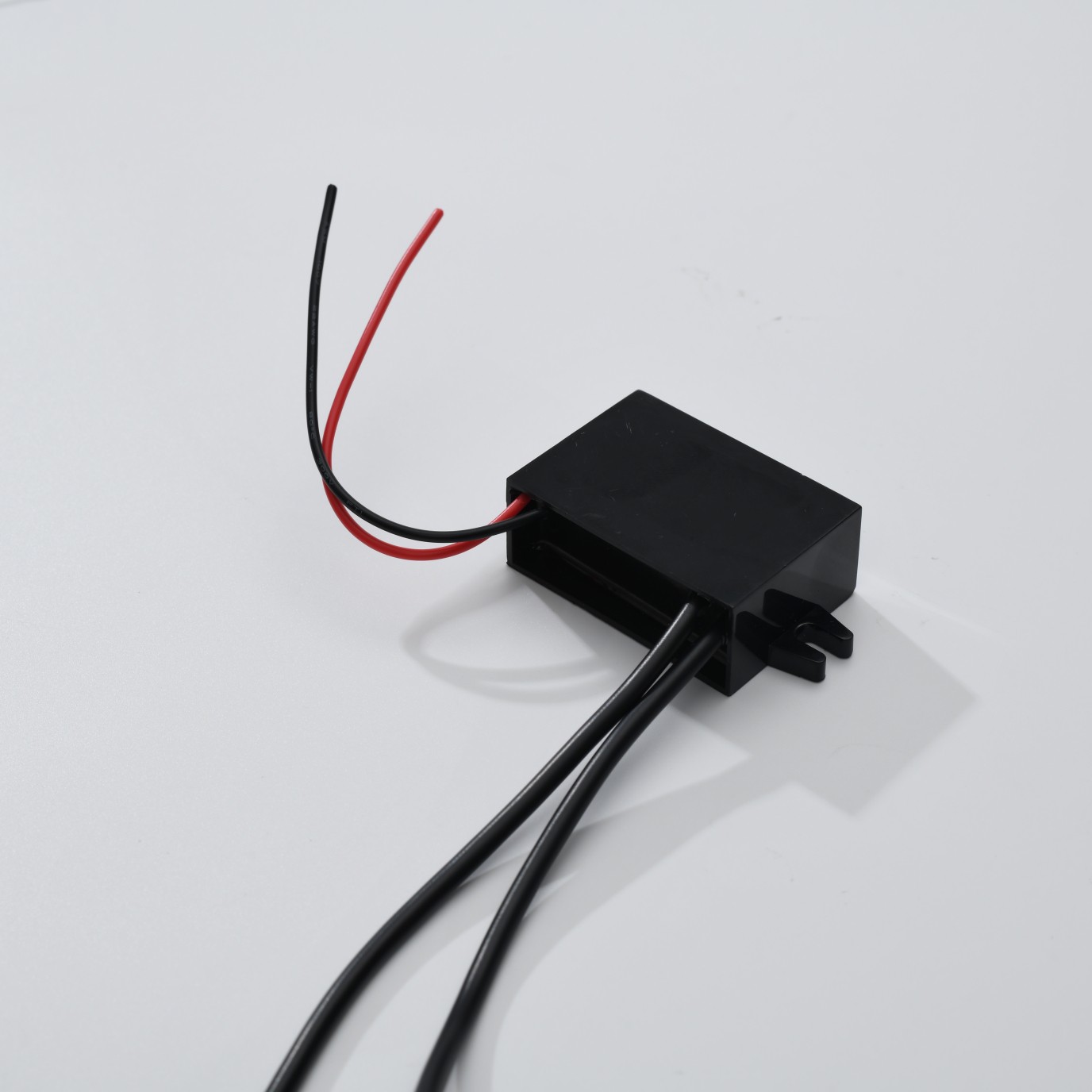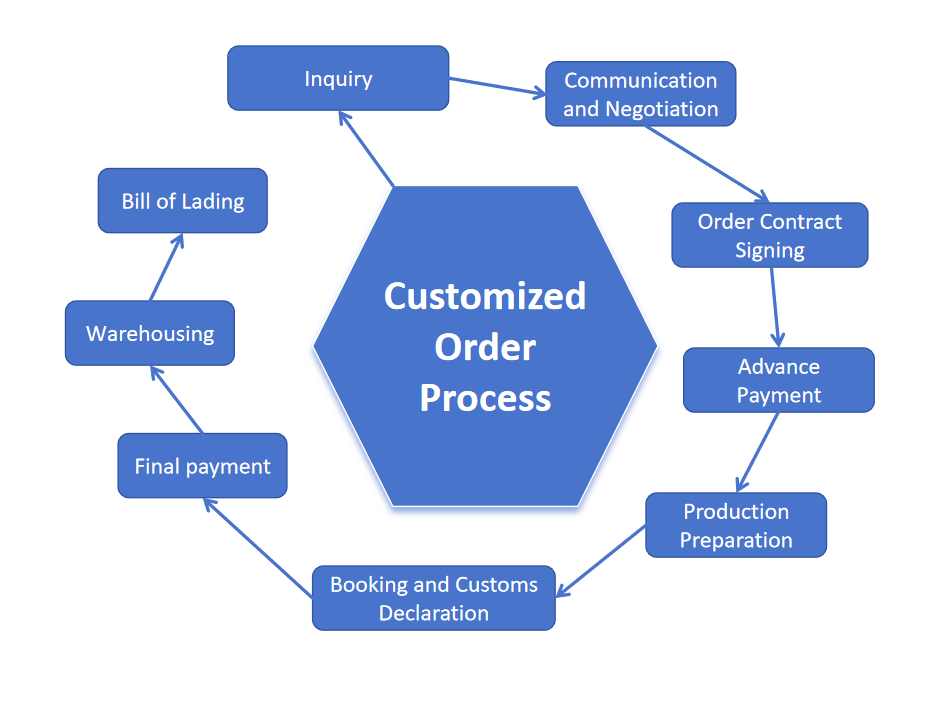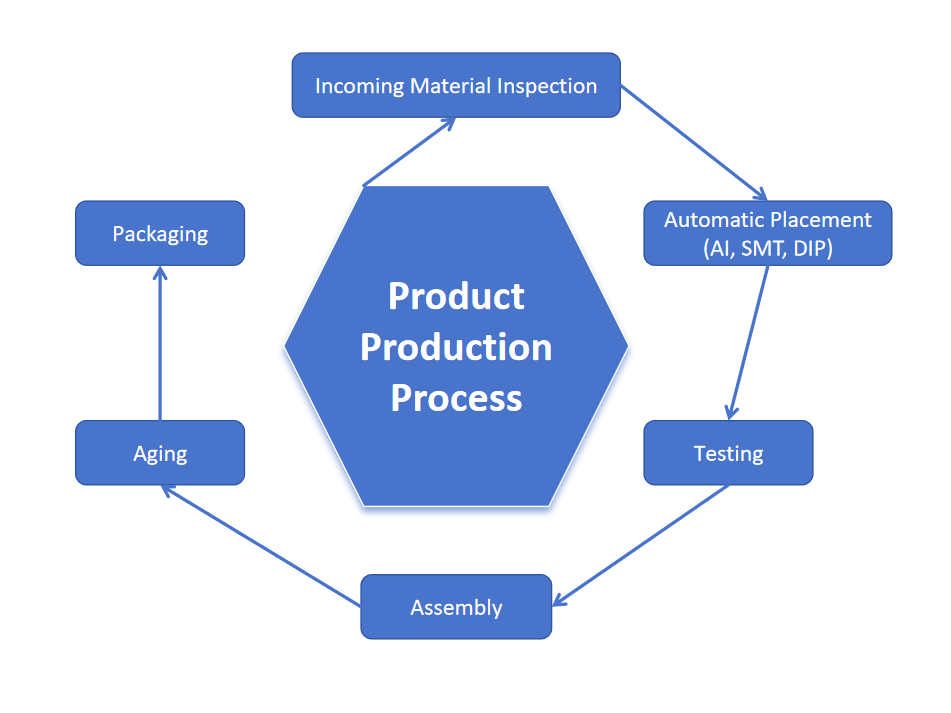

Buck Converter Circuit is a power supply circuit used to efficiently convert a higher input voltage to a lower output voltage. It belongs to the type of DC-DC converter, which controls the input voltage on and off through a high-frequency switching action, and then generates a stable lower output voltage through a filter.
Unlike linear voltage regulators, Buck converters perform voltage conversion through a switching mode, thereby reducing energy loss, so they have significant advantages in efficiency. Buck converters are widely used in various applications that require precise voltage regulation and efficient energy conversion.
Product Information
| Model: | HJ-0890 |
| Type: | DC-DC Buck Converter |
| Custom Processing: | OEM |
| Certification: | CE / ROHS |
| Whether to Customize: | Parameters can be customized according to needs |
Product Specifications
| Model: | HJ-0890 |
| Type: | DC-DC Buck Converter |
| Custom Processing: | OEM |
| Certification: | CE / ROHS |
| Whether to Customize: | Parameters can be customized according to needs |
Features of Buck Converters
High Efficiency:The biggest advantage of Buck converters is their high efficiency. Unlike linear regulators that dissipate excess energy as heat, Buck converters reduce voltage through a switching mechanism, thereby minimizing energy loss. Its efficiency is usually between 85% and 95%, depending on the design and load conditions.
Compact size:Buck converters are usually smaller than linear regulators because there is no mechanism for heat dissipation, which is suitable for applications with limited space.
Stable output voltage:Buck converters can provide a stable output voltage, which is very important for sensitive electronic devices that require precise voltage power supply.
Wide Input Voltage Range: Buck converters are typically able to accept a wide range of input voltages, typically 5V to 60V or even higher, and step these voltages down to a lower, controlled output voltage (e.g., 3.3V, 5V, 12V, or 15V).
Low Ripple and Noise: Buck converters typically output voltages with lower ripple and noise than other types of power supply circuits, making them particularly suitable for communications and noise-sensitive electronic devices.
Current Regulation: Many Buck converters also support current regulation, which can limit the amount of current, providing additional protection for sensitive circuits.
Adjustable Output: Some Buck converters have adjustable outputs, and users can use external components such as resistors or potentiometers to set the desired output voltage.
Buck Converter Applications
Due to their high efficiency and versatility, Buck converters are widely used in many fields. Here are some common applications:
Power Supply for Microcontrollers and Digital Circuits: Microcontrollers and digital circuits typically require a stable, low-voltage power supply. Buck converters are commonly used to convert 12V or 24V battery voltage to the necessary low voltage (e.g. 3.3V, 5V) for power supply.
Battery-powered devices:Due to the high efficiency of Buck converters, they are widely used in battery-powered devices to extend battery life. Common devices include portable electronic devices such as smartphones, tablets and laptops.
Automotive electronics:In automotive applications, Buck converters are commonly used to step down the vehicle's 12V or 24V battery voltage to a low voltage power supply to power the vehicle's infotainment system, sensors and lighting equipment.
Solar power systems:Buck converters are also widely used in solar power systems to efficiently step down the voltage of solar panels to a voltage suitable for low-voltage devices or battery charging.
LED drivers:Buck converters are ideal for LED driver power supplies because LEDs generally require a stable current supply. Buck converters can effectively step down the input voltage to a voltage suitable for LED operation and regulate the current to ensure that the LED operates efficiently and prolongs its life.
Communication equipment power supply:In telecommunications equipment, Buck converters are used to provide a stable power supply to support the operation of sensitive equipment. Their high efficiency and stability make them ideal for this application.
Consumer Electronics:Many consumer electronics products such as televisions, game consoles, and sound systems use Buck converters for efficient voltage regulation.
Industrial Automation Systems:Buck converters are also widely used in industrial automation systems to provide stable power to control circuits, sensors, and actuators.
How to maintain and care for Buck converters?
Although Buck converters are generally rugged, proper care and maintenance is important to ensure that they operate efficiently and reliably. Here are some maintenance tips:
Thermal Management:Although Buck converters are very efficient, they still generate a certain amount of heat when under heavy load. Therefore, you need to ensure that the converter has a proper heat sink, such as a heat sink, or is placed in a well-ventilated location to prevent overheating. Overheating can damage components and reduce efficiency.
Regular Inspection:Inspect the converter regularly for signs of damage, such as burnt components or discoloration of the circuit board. Check for loose connections or corrosion, as these problems can lead to reduced performance or complete failure.
Cleaning:Dust and dirt can accumulate on the converter's components, especially on the inductor and capacitors. Dust accumulation can cause overheating and reduce the life of the converter. Clean the converter with compressed air or wipe gently with a lint-free cloth to remove dust.
Capacitor Replacement:The electrolytic capacitors used in Buck converters can degrade over time due to heat and electrical stress. Check the capacitors regularly for swelling or leakage and replace them if necessary to ensure reliable operation of the converter.
Ensure Load Matching:Buck converters are usually designed with a specified load range. Using a load that exceeds the maximum rated current can cause the converter to overheat and eventually fail. Always ensure that the load is within the specified range.
Check Inductors and Switching Elements:Inductors and switching elements such as MOSFETs or diodes are essential for efficient operation of Buck converters. Check these components regularly for wear or damage. Faulty components can cause unstable regulation, reduced efficiency, or overheating.
Verify Output Voltage Regularly:Make sure the output voltage is stable and within the expected range. If the output voltage fluctuates or is incorrect, there may be a problem with the feedback system, capacitors, or other components.
Precautions When Using Buck Converters
Overvoltage Protection:Make sure the input voltage does not exceed the maximum rated voltage of the converter, otherwise it may damage internal components and cause failure. Use fuses or overvoltage protection devices when necessary.
Current Limitation:Buck converters have limited output current. Make sure the load does not exceed the rated current of the converter, which may cause overheating and component damage.
Thermal Management:As mentioned earlier, overheating is a potential problem. Make sure the converter has proper heat dissipation measures and avoid placing it in poorly ventilated or high-temperature environments.
Good Grounding:Make sure the converter is well grounded to avoid ground loop problems or circuit damage due to improper grounding.
Use Appropriate Components:When designing or assembling a Buck converter, make sure all components such as inductors, capacitors, and diodes have appropriate ratings. Using components that are not rated for the load can cause performance degradation or failure.
Avoid Short Circuits:Make sure the output of the converter does not short circuit, which can cause excessive current to flow through the circuit, causing overheating or permanent damage.
Proper Layout:If you design the Buck converter yourself, make sure the PCB layout follows best design practices, including appropriate trace widths, short path lengths, and proper decoupling to reduce electromagnetic interference (EMI).
Buck converter circuits are an important tool in modern electronic devices, providing an efficient and reliable way to step down voltage conversion and maintain a stable power output. Due to its high efficiency, compact size and versatility, Buck converters are widely used in consumer electronics, automotive electronics, industrial automation and other fields. By understanding its characteristics, application areas and maintenance requirements, you can ensure the long-term reliability and efficiency of Buck converters in design and use.

